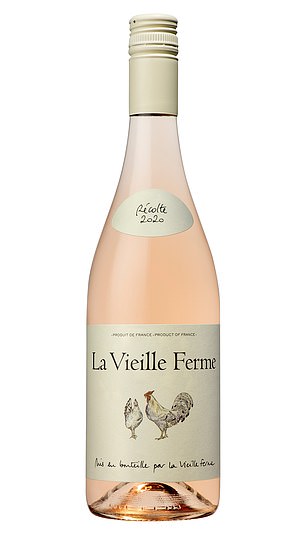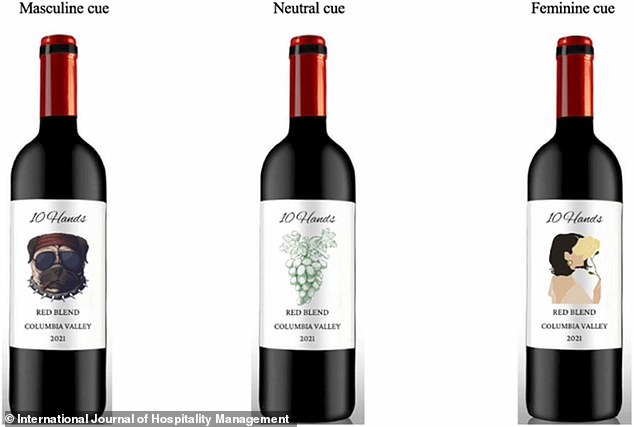Why Whispering Angel and the ‘Chicken Wine’ are so popular – and it has nothing to do with how they taste
If you use TikTok, your For You page is probably full of Gen Z ladies filling their glasses with “Chicken Wine.”
‘Chicken Wine’ is a nickname for the supermarket wine brand, La Vieille Ferme – an £8.50 rose said to taste just like Whispering Angel.
But why exactly are La Vieille Ferme and Whispering Angel so popular among women?
In a new study, researchers from Washington State University tried to answer this question.
And their findings suggest that the appeal of these wines is due to their labels rather than their taste.

What exactly makes La Vieille Ferme and Whispering Angel so attractive to women? In a new study, researchers from Washington State University tried to answer this question
The audience of rose sippers is huge, with thousands of videos on TikTok revealing scenes of Gen Z filling their glasses and even refrigerators with bottles of La Vieille Ferme and Whispering Angel.
In their new three-part study, the team wanted to understand what makes these wines more popular than others.
In the first two experiments, 324 women were shown fictional wines with labels that were feminine, masculine or neutral.
Feminine labels include labels with cute animals, flowers and female portraits, while masculine labels include more rugged animals such as wolves and deer, as well as portraits of men.
Finally, neutral labels included castles and bunches of grapes.
After being shown the bottles, the women were asked how likely they were to buy them.

The women were shown fictional wines with labels that were feminine, masculine or neutral. Feminine labels include labels with cute animals, flowers and female portraits, while masculine labels include more rugged animals such as wolves and deer, as well as portraits of men. Finally, neutral labels included castles and bunches of grapes

The results showed that women were more likely to purchase wines with feminine labels than wines with masculine labels (stock image)
The results showed that women were more likely to purchase wines with a feminine label than wines with a masculine label.
In addition, the women also rated the expected color, taste, smell and aftertaste higher for wines with a feminine label.
Surprisingly, the researchers found that participants’ wine expertise influenced their taste expectations, but not their purchase intentions.
Professor Christina Chi, co-author of the study, said: ‘Whether they were knowledgeable or less knowledgeable about wine, when they saw those feminine cues they had a higher intention to purchase the wine.
‘The gender cue influence was so strong that it exceeded the effect of that knowledge.’
In the third experiment, another group of 138 women were asked to taste bottles of the same red wine, but with different labels.
The results showed that women who tasted the wine when it had a feminine label rated it higher in fruit flavors.
And those who tasted the same wine with a masculine label had a greater connection with mineral flavors.
The researchers hope the findings will encourage wine producers to involve women in the label design process.
‘If you look at the market segments, women actually buy a lot of wine. It is a large group,” said Dr. Ruiying Cai, lead author of the paper.
‘We discovered that feminine signals appeal to female consumers.’
